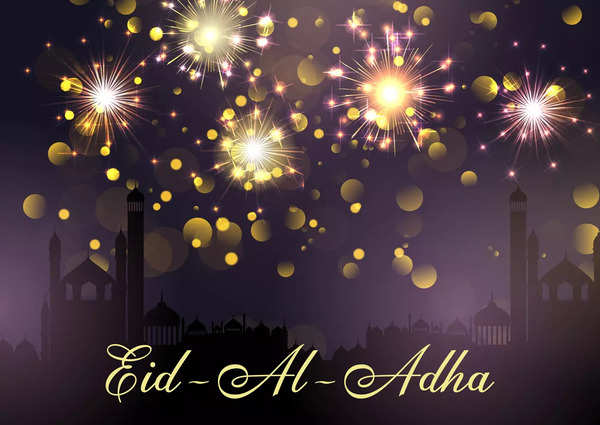Happy Eid-ul-Adha
Eid ul-Adha falls on the 10th day of Dhu al-Hijjah, the last month of the Islamic lunar calendar. The festivities begin with a special congregational prayer held at the mosque, where Muslims gather to seek divine blessings and express gratitude. The sermon delivered during the prayer emphasizes the importance of sacrifice, piety, and brotherhood. People dress in their finest attire, and families exchange greetings, expressing joy and unity.
Sacrifice of animals
A central aspect of Eid ul-Adha is the sacrifice of animals, typically sheep, goats, cows, or camels. This act symbolizes the willingness to give up something of value for the sake of God. The meat from the sacrificed animal is divided into three parts: one-third is retained by the family, one-third is shared with relatives and friends, and the remaining portion is distributed among the less fortunate. This practice reinforces the spirit of charity, compassion, and social responsibility within the Muslim community.
Acts of charity and community
Eid ul-Adha emphasizes the importance of sharing and caring for the less fortunate. Muslims are encouraged to engage in acts of charity, providing financial assistance, food, and clothing to those in need. The festival serves as a reminder of the blessings one has received and the responsibility to extend a helping hand to others. Communities come together to organize communal meals, distribute food packets, and ensure that everyone can partake in the joy of Eid.

Family gatherings and festive traditions
Eid ul-Adha is a time for families to come together and celebrate. Relatives and friends exchange visits, share meals, and exchange gifts. Traditional delicacies and sweets are prepared, adding to the festive atmosphere. Children often receive new clothes and gifts, further enhancing the joyous spirit of the occasion.



0 Comments:
Post a Comment